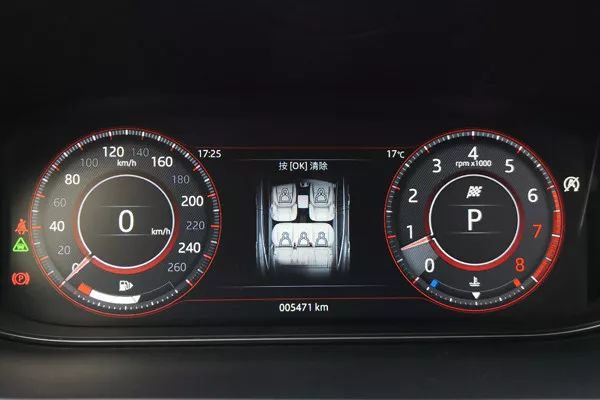-This article is reproduced from the official account: Poetry World-
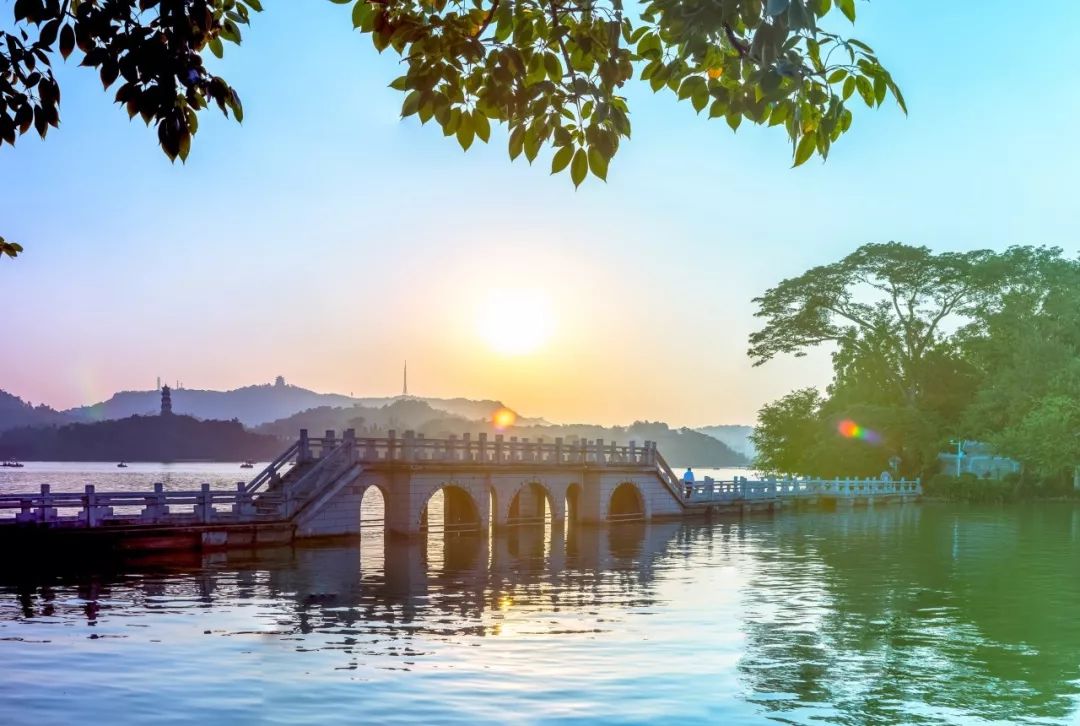
Oracle bone inscriptions are three curved lines, one of which has an eye in the middle. The original meaning is the current word “zhou”, an island in a river.
“The Book of Songs-Zhou Nan-Guan Ju” “Guan Guan Jujiu, in the continent of the river.” “Shuo Wen” quotes “in the state of the river”, which shows that Xu Shen saw the “Book of Songs” as “state”.
“Hanshu-Geographical Chronicles”: “From Hepu and Xuwen south to the sea, you get Dazhou.”
During the time of Yao and Shun, there was a great flood, and the land of China was covered with a vast ocean, with only nine pieces of land exposed. After Dayu succeeded in controlling the water, he divided the world into Kyushu (that is, nine habitable lands).
This meaning is derived from the original meaning of “state”. Later, Kyushu represented China.
Lu You’s “Shower” poem: “When you die, you know everything is empty, but you don’t see the same in Kyushu.” The sad thing is that you don’t see the reunification of China!
Later, when the flood subsided and the land was exposed, the state was not easy to divide, and it changed frequently.
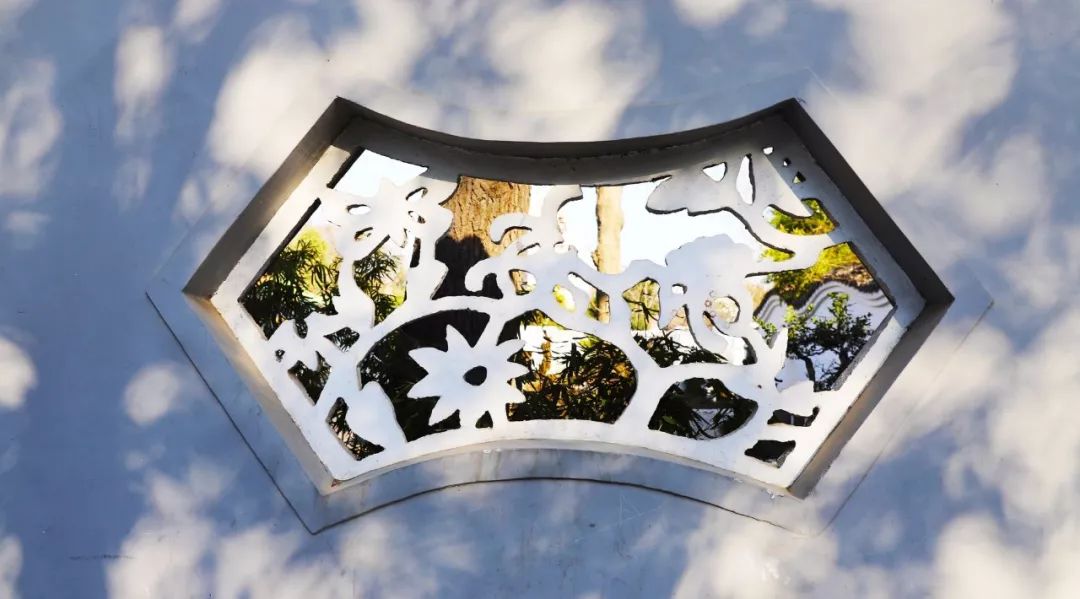
As an administrative division, the state has different jurisdictions in different dynasties. The counties under the jurisdiction of the Eastern Han Dynasty, the corresponding counties of the Sui and Tang Dynasties, and the counties under the jurisdiction of the Ming and Qing Dynasties. “Three Kingdoms – Shushu – Zhuge Liang Biography”: “Heroes rise together, and there are countless people who cross states and counties.”
There is a story in “Book of Jin·Wang Jun Biography”. One day, Wang Jun had a dream. He dreamed that there were three long knives hanging on the beam of his house, and after a while, he “yi (increase) a knife”. After waking up, I went to ask Ji Yi to calculate. Ji immediately congratulated Wang: “Three long swords are the word for state.” Youyi, together they are Yizhou. You must go to Yizhou to become an official. Later, Wang Jun really became the governor of Yizhou.
After “zhou” was extended to be the name of an administrative unit, “zhou” was newly created to represent an island in a river.
Also extended as a resident organization. “Zhou Li Da Situ”: “Five parties make up a state.” A party has 500 households, so a state has 2,500 households. Later, as productivity increased, the population expanded to 10,000 households per state.
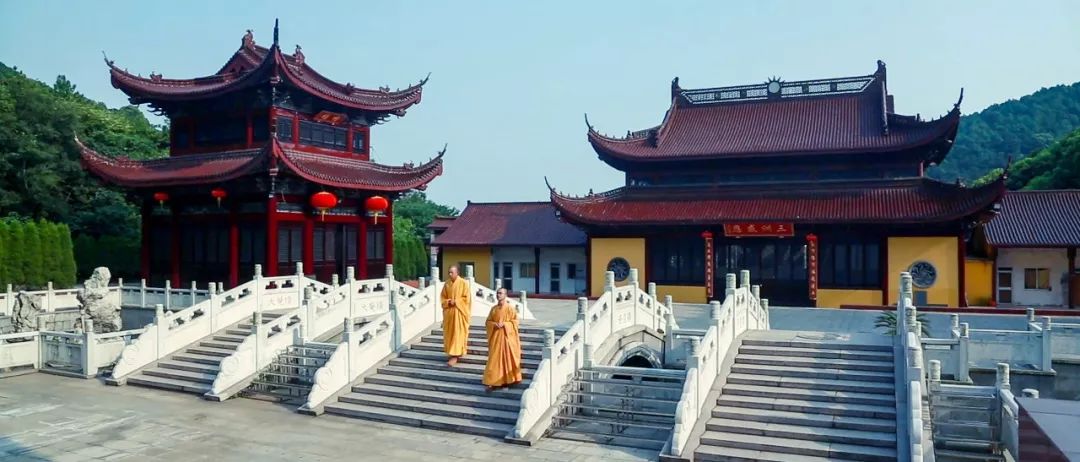
Ancient China was also called “Kyushu”. So, which Kyushu is it? There have always been different opinions and no conclusions. Because different eras have different division methods.
The mainstream generally has the following kinds of views:
“Shangshu Yugong” works: Jizhou, Yanzhou, Qingzhou, Xuzhou, Yangzhou, Jingzhou, Yuzhou, Liangzhou, Yongzhou;
“Erya·Shidi” works: Jizhou, Yanzhou, Xuzhou, Yangzhou, Jingzhou, Yuzhou, Yongzhou, Youzhou, Yingzhou;
“Zhou Li Zhi Fang” works: Jizhou, Yanzhou, Qingzhou, Yangzhou, Jingzhou, Yuzhou, Yongzhou, Youzhou, and Bingzhou.
In addition, there are many other theories. There are different records in ancient documents, which one shall prevail? Today, no one can say clearly.
Some people think that: “Shangshu” records Kyushu of Xia Dynasty; “Erya” records Kyushu of Shang Dynasty; “Zhou Li” records Kyushu of Zhou Dynasty. The so-called “three generations of Kyushu”.
If understood in this way, it is only Kyushu in the sense of administrative divisions, not the true colors of natural geography.
Why is China called Kyushu? Which Kyushu is it? All of this, going back to the source, we have to start with Dayu’s flood control before the dynasty.
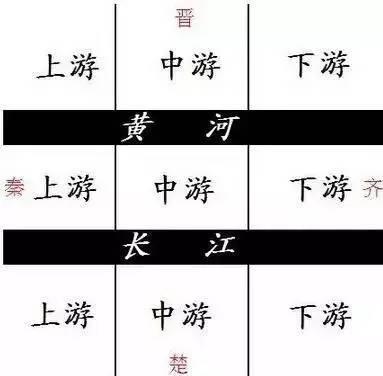
As early as more than 4,000 years ago, the land of China was plagued by floods, and Yu was ordered to control the floods. He adopted the water control concept of “water control must be in accordance with the nature of the water, and the nature of the water must be downward, digging through high places and dredging at low places” to dredge the river, let the flood pass through quickly, and finally guide it into the sea.
Of course, Dayu was not the only one who controlled the water, and the support and cooperation of the chiefs of various clans and tribes along the way was needed to make it work. Thus, Dayu of the Xia tribe became the commander-in-chief of all the tribes (alliances) to deal with the common flood.
After 13 years of treatment, all the floods finally flowed downstream into the sea, and the rivers flowed smoothly from then on, and the “Kyushu” was initially formed on the land of China.
“State”, from the shape of the word, is the shape of rivers surrounding highlands and hills. “Shuowen” says: “The state can be lived in the water.” It can be seen that the original intention has nothing to do with administrative divisions, but the natural terrain. topography.
Each “state” is an inhabitable land plate above the water surface. There are nine such land plates, namely “Kyushu”.
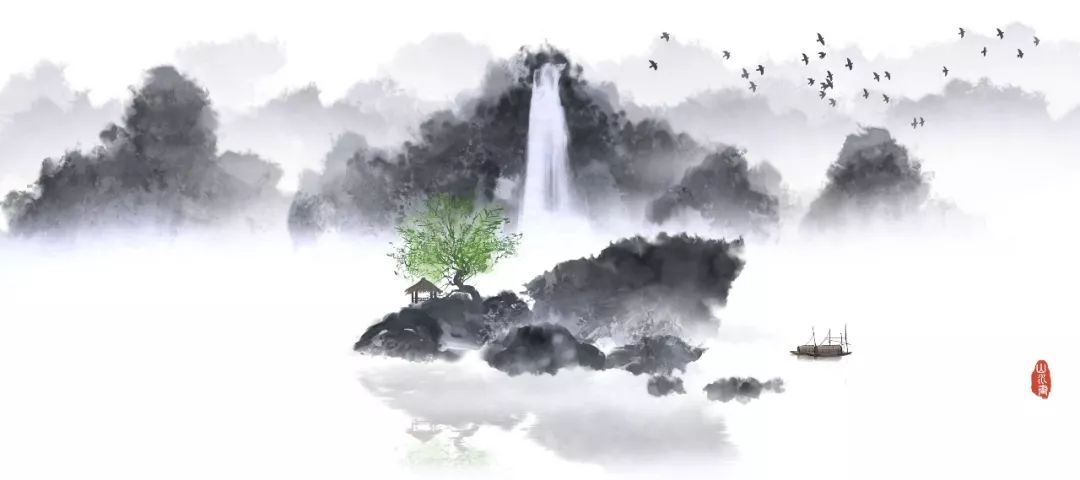
So, what are the nine major plates of Kyushu?
We can take a look at the Jiugong grid made in the well field system, draw two lines horizontally, and then draw two lines vertically, which is a “well” character, which just divides a field into nine parts.
In ancient China, it was a large-scale well-made nine-square grid. The two horizontal lines are the Yellow River and the Yangtze River. The critical points of the upper, middle and lower reaches of these two major rivers are the two vertical lines, which happen to be divided into nine major plates.
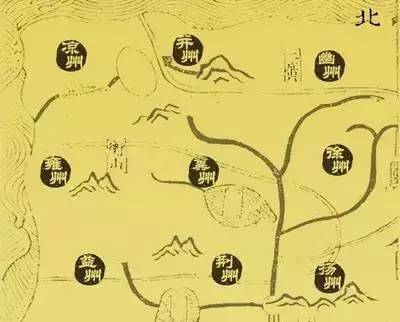
The three northern plates.
Upstream: Later called Liangzhou, now Gansu area.
Middle reaches: later called Bingzhou, now Shanxi and Hebei. In the Spring and Autumn Period, the Jin State ruled here.
Downstream: Youzhou, north of today’s Hebei. There is the ancient country of Yan.
The three southern plates.
Upstream: Later called Yizhou, now Sichuan. The land of Cuba and Shu.
Middle reaches: ancient Jingzhou, present-day Hubei and Hunan. In the Spring and Autumn Period, Chu State dominated here.
Downstream: Yangzhou, present-day Jiangsu and Zhejiang. In the Spring and Autumn Period, Wu and Yue ruled here.
The three major plates between the Yellow River and the Yangtze River.
Upstream: Yongzhou, today’s Shaanxi area. In the Spring and Autumn Period, Qin State dominated the West.
Downstream: Later called Qingzhou, east of Mount Tai. The state of Qi in the Spring and Autumn Period ruled here.
Middle reaches: Yuzhou, also known as Zhongzhou, is now Henan. No matter from top to bottom, from left to right, it is in the center, so it is called the Central Plains.
Therefore, the middle of China (formerly) refers to living in the Yellow River and the Yangtze River (not in the earth), which is why China is called China. Kyushu in ancient China is actually nine continents distributed along the Yellow River and Yangtze River: Liangzhou, Bingzhou, Youzhou, Yongzhou, Zhongzhou, Qingzhou, Yizhou, Jingzhou, and Yangzhou.
Explanation: Some names were formed later, here is for the convenience of description. The biggest difference between this division method and the administrative division is that it takes the naturally formed mountains and rivers as the boundary, which is closer to the original topography.
Kyushu is a huge well-made nine-square grid. The emperor is in the middle, and all directions pay tribute.
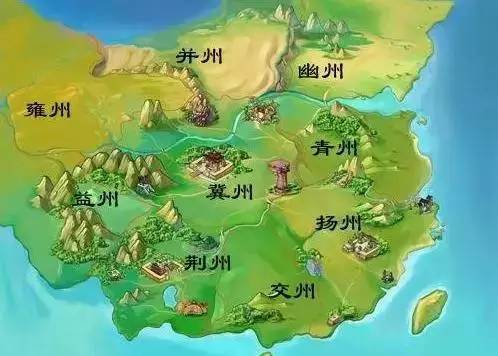
The first tribute in Chinese history was when Dayu was elected as the leader of the tribal alliance, and the leaders of small tribes from all sides contributed bronzes from various states to him one after another. Dayu used these tribute bronzes to cast Jiuding.
“Spring and Autumn Zuo Zhuan” talks about the casting of Jiuding:
Dayu designated the world as Kyushu. In the early years of the Xia Dynasty, Xia Qi (the son of Dayu, the first king of the Xia Dynasty) ordered Jiuzhou Mu to contribute bronze and cast Jiuding.
First send people to draw pictures of the famous mountains and rivers, places of great shape, and strange things in each state into an album, and then send selected famous craftsmen to imitate these paintings on the body of Jiuding, and use a tripod to symbolize a state. The engraved graphics also reflect the state’s mountains and rivers.
From then on, Jiuding symbolized Kyushu, and King Xia also complied with the “Mandate of Heaven” and became the co-lord of the world. Kyushu has become synonymous with China, and Jiuding has become a national treasure for the supremacy of the king and the unity and prosperity of the country. Only the emperor can pass it on from generation to generation.
[Statement] This article comes from the Internet.
· END ·




